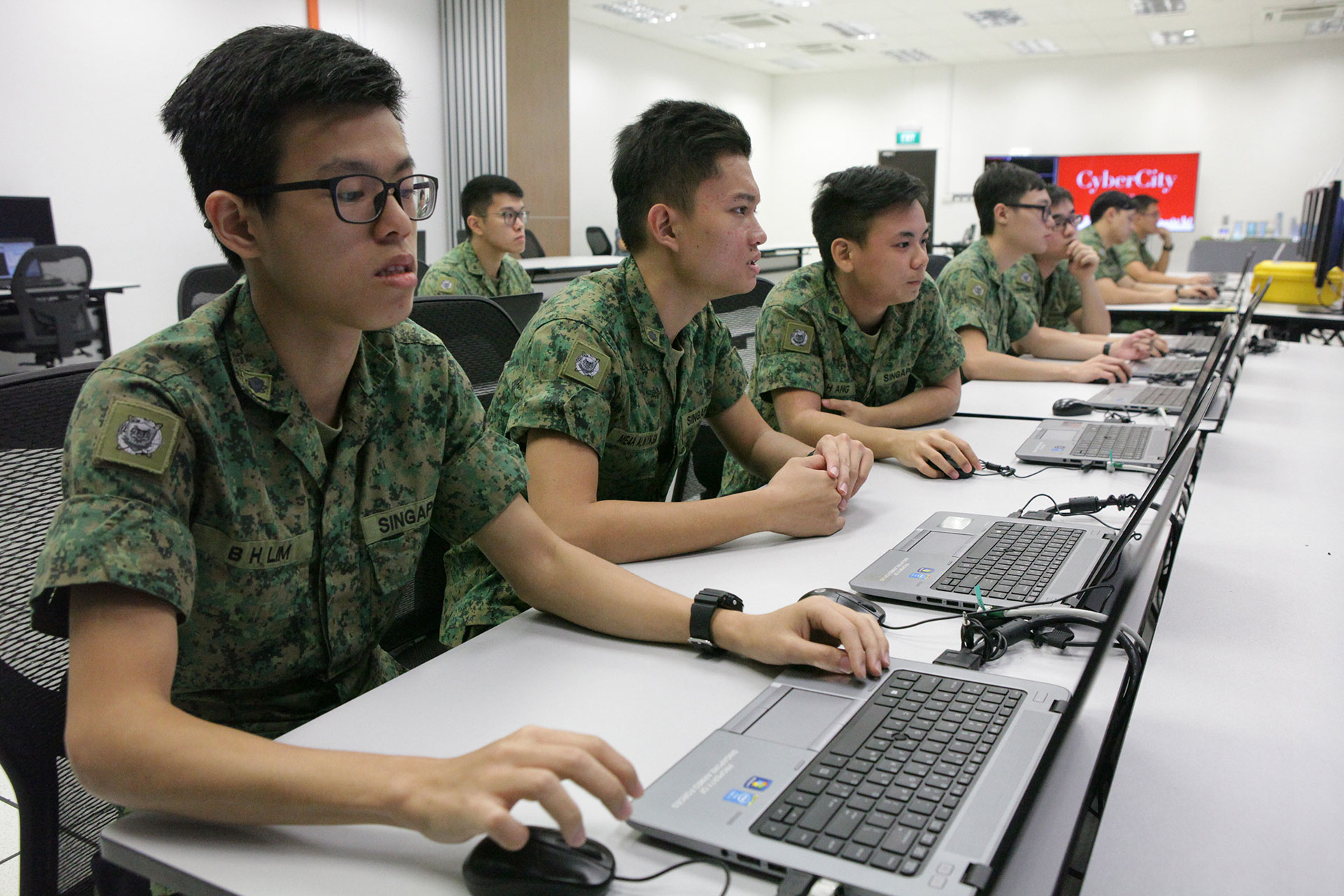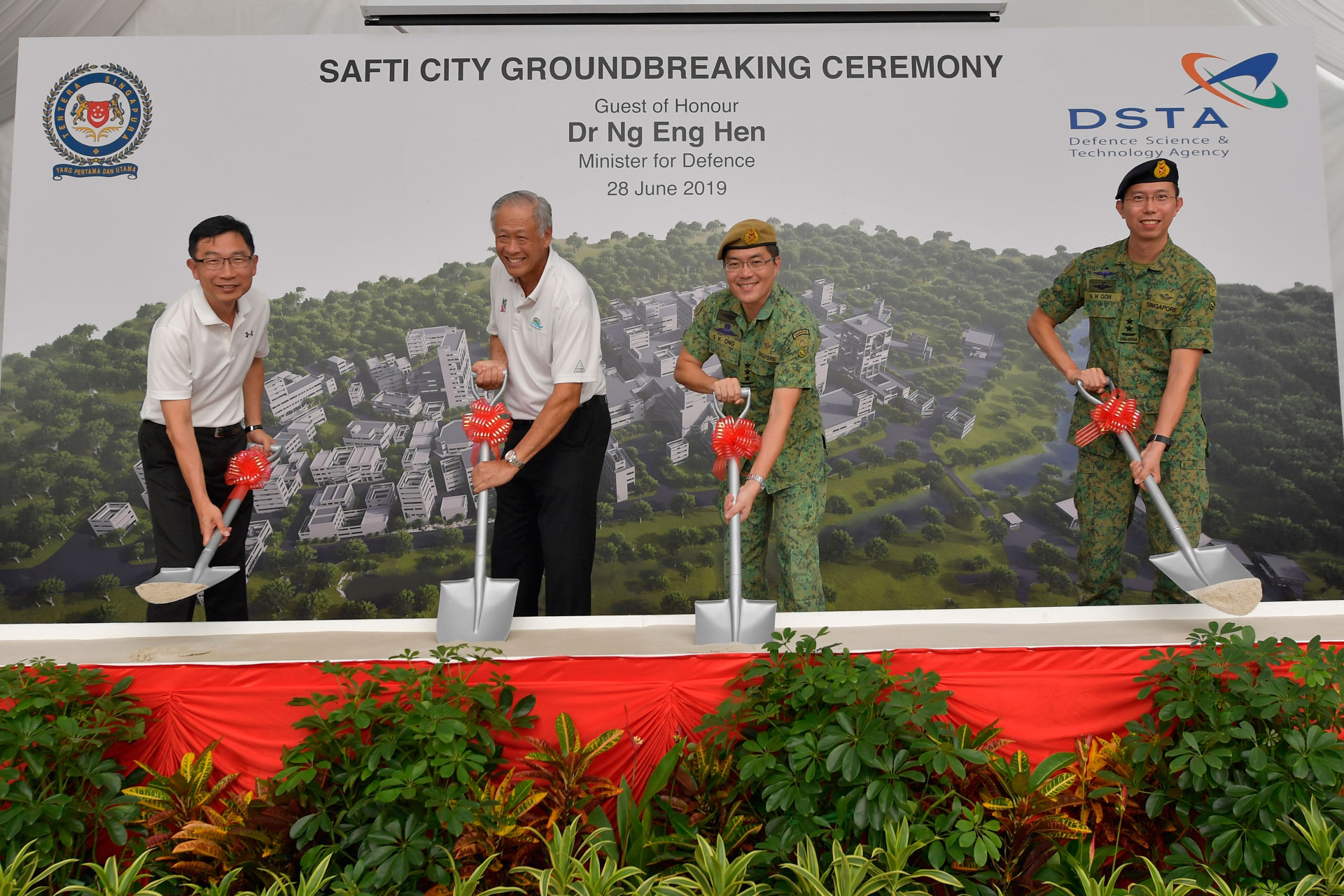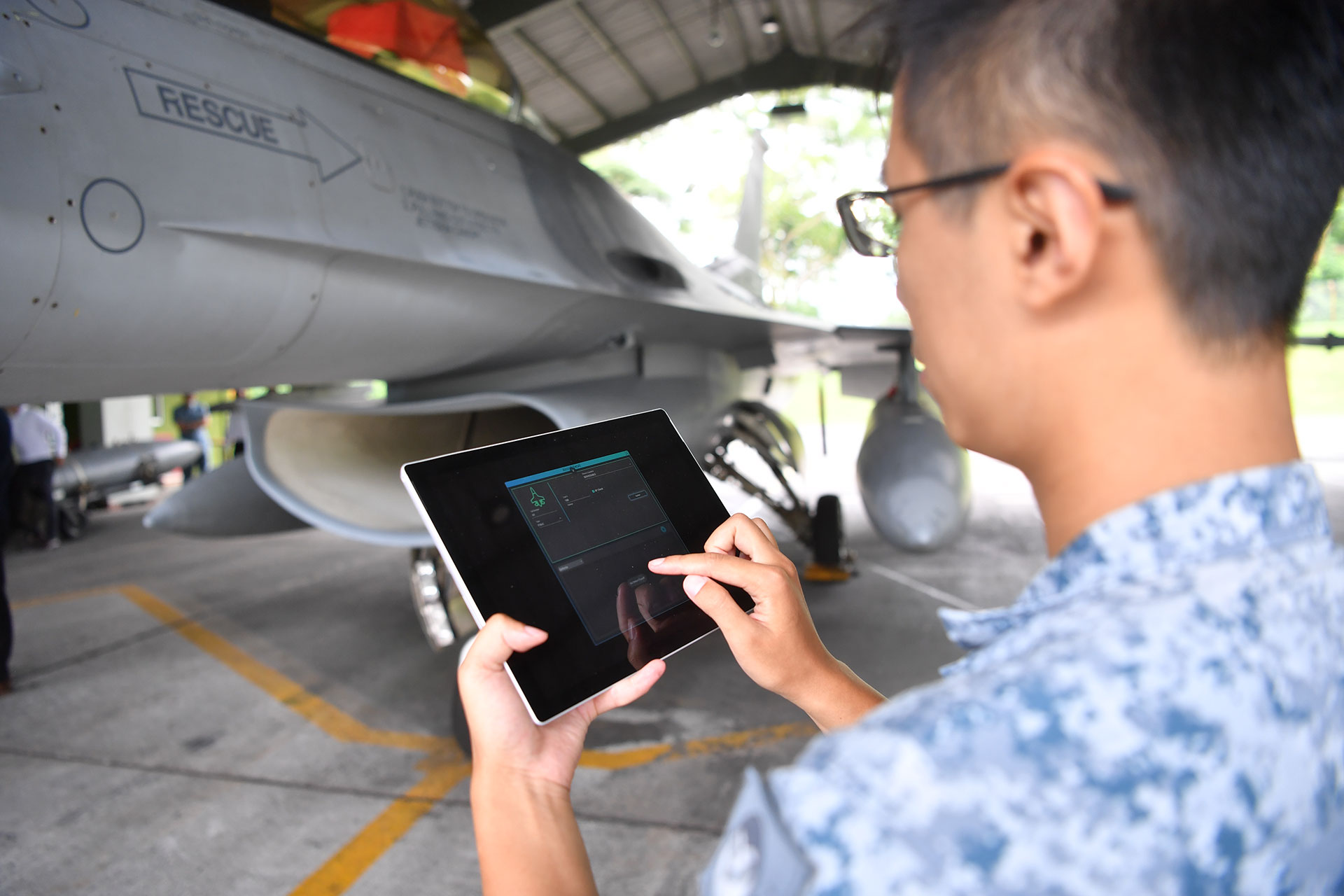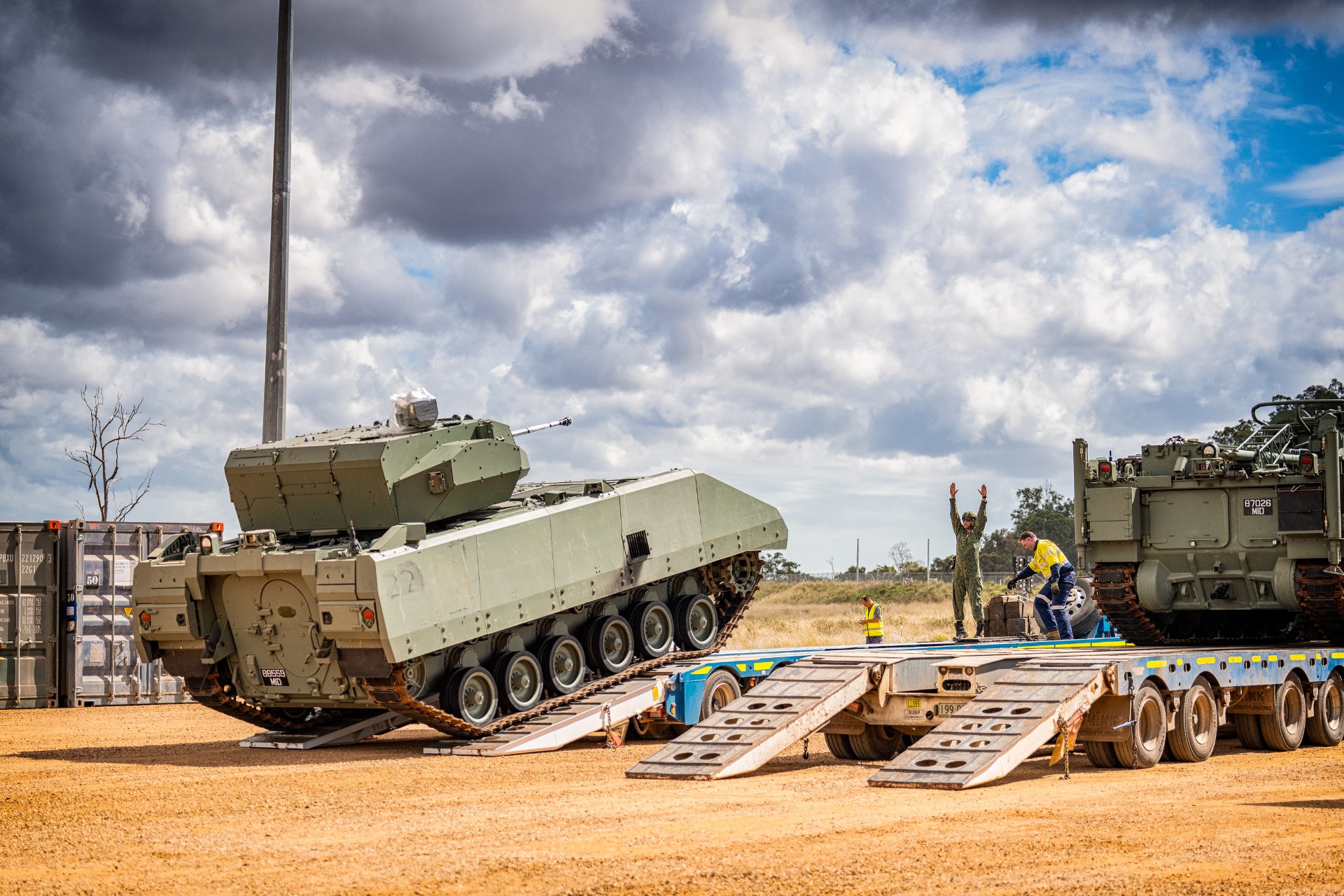OPS & TRAINING
SAF TO DO MORE WITH LESS MANPOWER; SET UP CYBER FORMATION: DR NG
30 Jun 2019
The Singapore Armed Forces (SAF) will continue to invest in platforms that can deliver greater combat power using less manpower, set up a cyber formation comprising a strong core of Regulars, build high-tech training facilities, and to optimise the deployment of national servicemen.
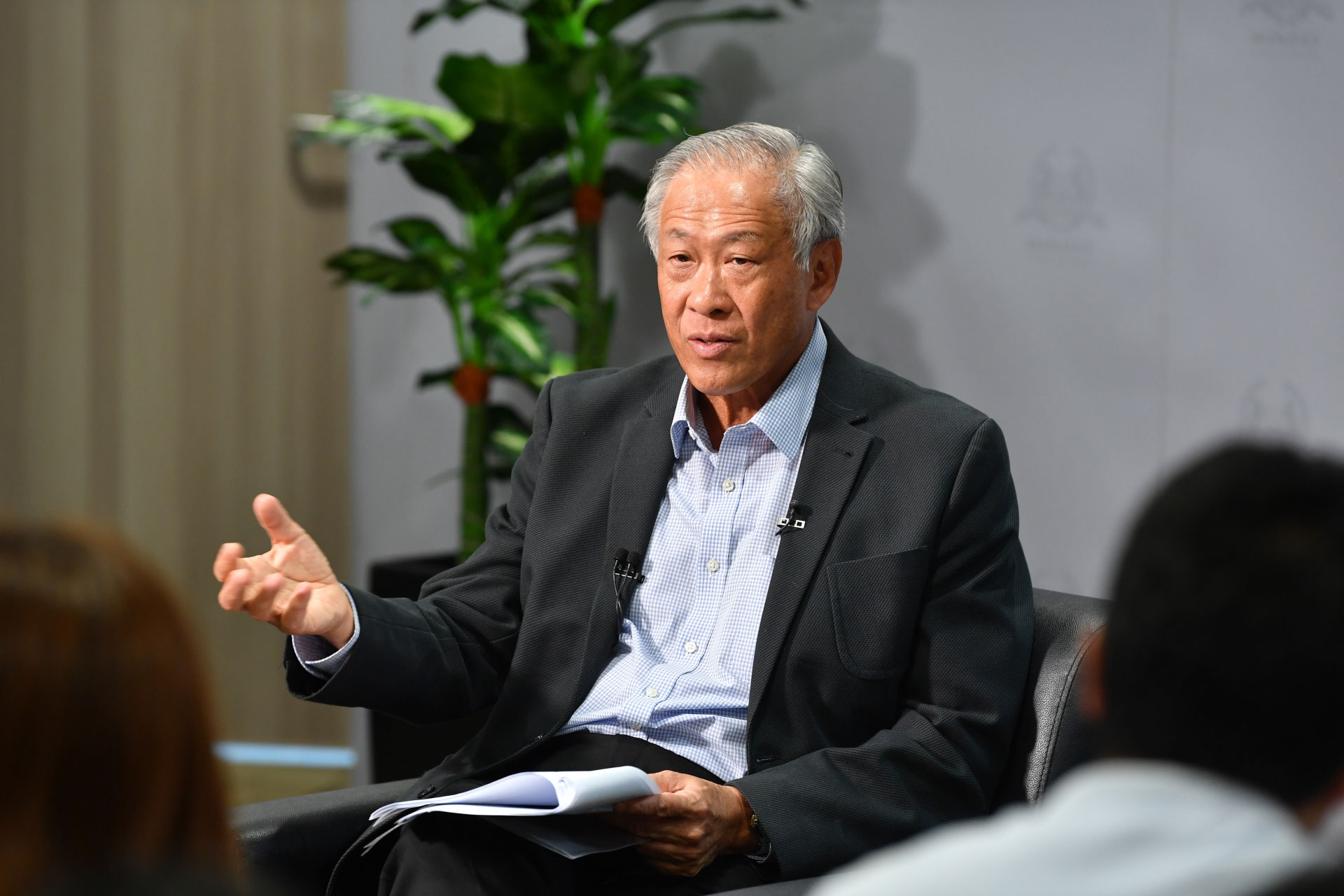
The Singapore Armed Forces (SAF) will continue to invest in platforms that can deliver greater combat power using less manpower, set up a cyber formation comprising a strong core of Regulars, build high-tech training facilities, and to optimise the deployment of national servicemen.
These are the key points that Minister for Defence Dr Ng Eng Hen made in his annual interview ahead of SAF Day on 1 Jul at Murai Camp. This was held after the groundbreaking ceremony for SAFTI City on 28 Jun.
He outlined the SAF's plan to defend Singapore for the next generation, and to meet various challenges ranging from the expected reduction in manpower to an increase in cyber threats and terrorism.
On how the SAF is dealing with the projected one-third reduction in manpower by 2030 because of Singapore's declining birth rates, Dr Ng said: "The SAF must have platforms which have greater firepower and yet, at the same time, use fewer men than before."
The upcoming Multi-Role Combat Vessel (MRCV) which will replace the Republic of Singapore Navy's (RSN's) Missile Corvettes from 2025 is one example, he said.
Dr Ng described the MRCV as a mothership with a suite of unmanned systems that cover air, surface and underwater. This will provide the warship with greater reach, while using just half the number of sailors compared to a modern frigate.
Another example is the Hunter, the Army's latest armoured fighting vehicle, which boasts a fully digitalised platform that requires just a three-man crew.
Optimising deployment
With the projected reduction in manpower, making the most of every Full-time National Serviceman (NSF) and Operationally Ready National Serviceman (NSman) across the SAF is key, said Dr Ng.
The Navy has reviewed its deployment criteria and now deploys service-fit NSFs to operations centre for base defence. They monitor the surveillance systems, an important task which was previously done only by combat-fit sea soldiers.
This was also taken into account in the deployment of national servicemen in new vocations such as for the operations of unmanned systems.
Since November 2016, NSFs have been operating the ScanEagle Unmanned Aerial Vehicles (UAVs) on board the Missile Corvettes. This role was initially helmed solely by Regulars.
One NSF who has been trained as a UAV operator is 3rd Sergeant (3SG) Ryan Ang. "It was a very big opportunity for me to be part of something that not many NSFs in the Navy, let alone the SAF, get to do -- to handle all these unmanned systems, alongside Regulars on a daily basis," said the 19-year-old, who is from the third batch of NSFs trained as UAV operators.
Operating the complex UAV system is not easy, he said, but over time his team had forged great understanding through training and practice.
Each NSF UAV operator is deployed in a hybrid UAV team, comprising three Regulars and one NSF.
Dr Ng added the SAF will do more to better match the skills and aptitudes of NSFs to relevant vocations. For example, enlistees with professional expertise in cybersecurity or nursing can be deployed to the cyber defender or medic vocations respectively.
Since 2016, pre-enlistees have asked to indicate their interest in vocations. Noting that there has been strong interest for Guards and other challenging combat vocations, he said: "This is a positive sign!"
The SAF is also exploring ways to deploy more NSmen to vocations that match their civilian expertise – in areas such as law, medicine, engineering, psychology, ship operation and more – under the Expertise Conversion Scheme, Dr Ng added.
Building a cyber formation
To deal with the growing transnational threat of cyberattacks, Dr Ng said there will be a major recruitment drive to recruit and train more Regulars as cyber experts.
"We are going to invest significant resources to raise and train a cyber formation, cyber officers and men as well as facilities," said Dr Ng, adding that a cyber range facility called the Cyber Defence Test and Evaluation Centre (CyTEC) had been set up in 2015, to conduct advanced cyber defence training and exercises.
Besides protecting its own systems and key installations from cyber-attacks, the SAF has to monitor orchestrated information campaigns that aim to weaken Singaporeans' will and resolve.
The SAF is also looking into expanding its cyber vocation to include more NSFs, as well as deploying NSmen with the right professional expertise in cyber vocations. Interested Regulars can also make a mid-career switch to the cyber vocation.
High-tech training
The significant shift in platforms and technology will require new training methods, said Dr Ng. To this end, the SAF is investing in new training facilities such as the upcoming SAFTI City.
Soldiers will be able to train realistically in an urban city training facility, with over 70 buildings such as HDB homes, commercial buildings as well as an 'underground' MRT station and bus interchange.
Construction for the first phase will commence this year, and the city will be completed progressively from 2023. The second phase, still in the planning stage, will include the building of an industrial complex.
The urban city is about the size of 20 football fields, or 17 hectares. It can accommodate brigade-level training for up to 4,000 soldiers.
The complex and high-density urban environment will provide realistic training for urban as well as homeland security operations. SAF troops will train with personnel from the Home Team in SAFTI City.
The buildings and roads are configurable so soldiers can train to quickly adapt to different building layouts and road networks.
SAFTI City will come with interactive targets that pop up when troops are nearing, and are able to 'shoot' back. This will help to hone soldiers' reactions. It will also feature battlefield effects for added realism, video cameras that track soldiers in real time, and a data analytics system that provides performance feedback for both individuals and teams.
Said Dr Ng who officiated the groundbreaking ceremony of the smart urban training facility: "SAFTI City will be fully digitalised: You have sensors that can tell you that you have been shot and taken out (in) real time... The kind of realism in training with terrain and instant feedback will be, for the first time, made available…(to) infantry soldiers."
Also in the pipeline is the development of a training area in Queensland, Australia that is more than 10 times the size of Singapore, which will include a live-firing training facility.
Improving efficiency
Dr Ng said the SAF is also actively looking into ways to cut down time for administration, so that soldiers can have more time for training.
An example is the Army Integrated Force Preparation Hub at Sungei Gedong, a one-stop hub that equips armour units for training and operations.
Armoured vehicles, weapons, as well as communications and optical equipment are now housed in a centralised location. This means troops no longer have to go to various camps to collect them.
Instead, these equipment are 'pushed' to them just like how NS units are equipped at the Mobilisation and Equipping Centres.
"We want to cut all that time now so that it will be as hassle free as possible," said Dr Ng.
Going forward, the SAF will digitise handing over and taking over processes by tagging equipment with RFID chips. A one-third reduction in time taken can be expected, Dr Ng said.
For the Republic of Singapore Air Force (RSAF), maintenance crew are trialling the use of smart technology and apps to speed up their work.
The Fleet Management System (FMS) – the "brain" of the RSAF's Smart Air Base concept – is being trialled in Tengah Air Base on its fleet of F-16 fighter aircraft.
Using data analytics, the system uses a smart algorithm that is able to predict possible aircraft defects in advance, allowing the ground crew to conduct preemptive maintenance. It also processes aircraft and maintenance data, and prioritise the necessary actions to meet operational and training demands.
"All these examples are to maximise the potential we have; use automation to reduce the time we need and at the same time increase our combat effectiveness," said Dr Ng.
Elaborating on the FMS last week, Head of Air Base Operability Systems, Military Expert 5 (ME5) Khor Mark Wan, 37, said: "What this entails is how fast we (can) 'generate' aircraft wave after wave – we want to make sure aircraft is available, generated in the right configuration, to suit the right mission type."
External challenges
Dr Ng also emphasised the importance of being prepared for ongoing external challenges such as the strategic competition between the United States (US) and China, and the rising tide of nationalism around the world.
He noted that Singapore does not want to choose, or be asked to choose, between the US and China. And that going forward, the SAF will continue to have strong ties with both militaries.
On tensions and conflicts that may happen due to rising nationalism and territorial disputes, Dr Ng said the SAF has to stand ready to defend Singapore's interests.
"The SAF is trained to respond professionally, not to escalate, and yet preserve our integrity and sovereignty. And if disputes arise, our first recourse is to settle them peacefully through international laws," he said, citing how Singapore resolved the territorial dispute over Pedra Branca with Malaysia.
On terrorism, Dr Ng said the SAF has to be prepared for the shift of centre of gravity of terror attacks from the Middle East to this region.
A Special Operations Command Centre will be set up by end of this year, to allow the Special Operations Task Force to plan, monitor and manage counter-terrorism operations for multiple attacks in multiple areas. The Centre, to be located in Hendon Camp, will be equipped with enhanced Command, Control, Communications, Computers and Intelligence (C4I) systems.
Improving safety culture
Commenting on the work progress of the Inspector-General's Office (IGO), which was set up in February this year to ensure safety is applied and enforced across the SAF, Dr Ng said the IGO had been on the ground, reviewing the safety practices in the units.
Noting that the SAF is among the top 20 per cent of militaries with good safety records, Dr Ng said: "We have reached the level where you have to reach that last individual, because you can have all the training and safety regulations, you can have the reminders, but if that individual doesn't follow it, then he puts himself and others at risk.
"So to effect that change, it's not going to be done by seminars and lectures, you have to recognise that. It has to be something which has to be internalised."
Dr Ng said one yardstick that the SAF is using to measure the change in safety culture is the reporting of near misses before an incident happens.
"People are reporting it; that has gone up. I think that's a good sign. You (can) see that people are taking it more seriously," he said, adding that the IGO will present reports periodically to update its progress.
In conclusion, Dr Ng said the building a stout defence is serious business, and that the SAF needs strong support from Singaporeans. "If we continue to have strong support for the SAF, I think we will be able to defend Singapore for another generation."
ALSO READ IN OPS & TRAINING
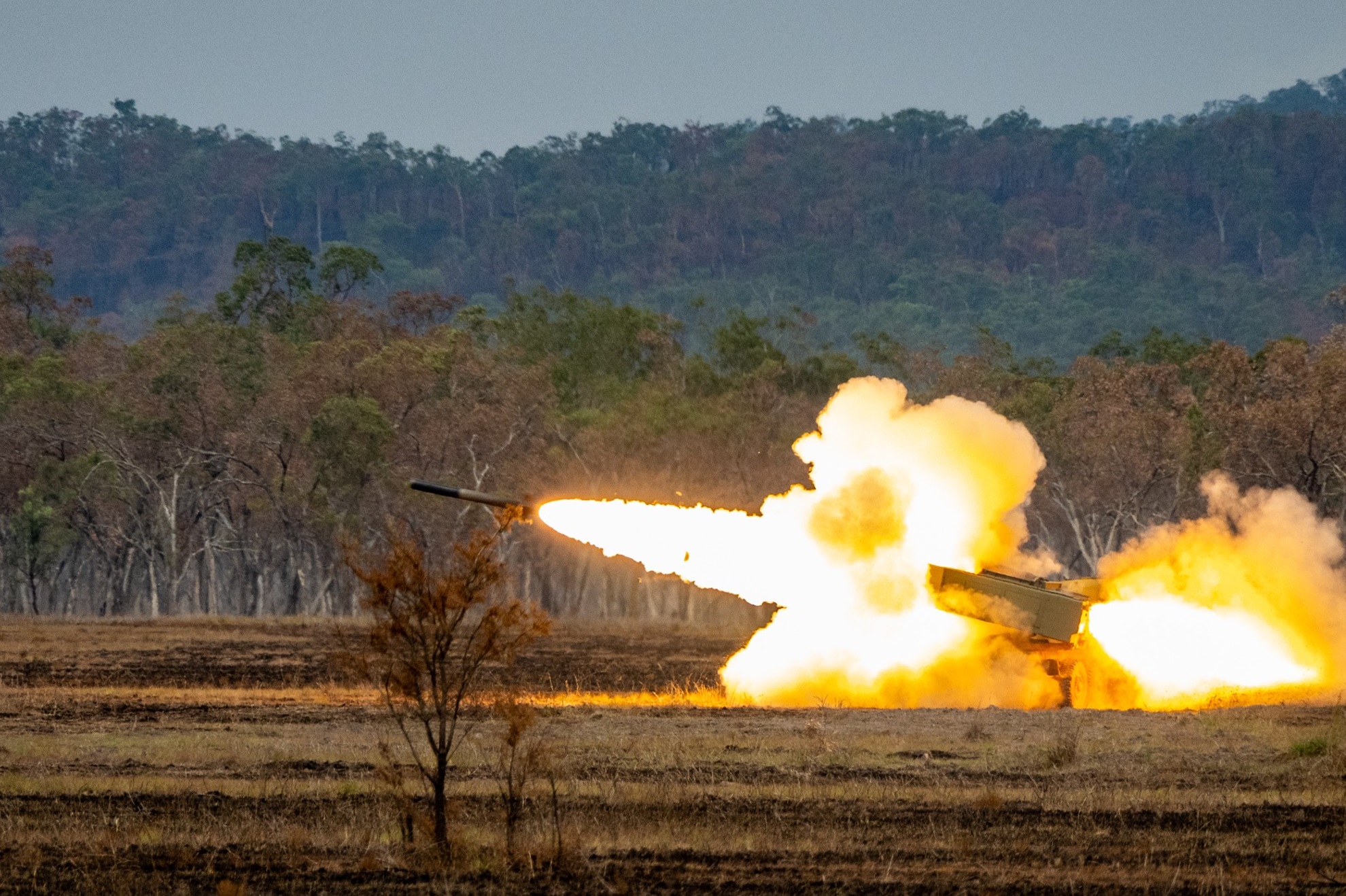
Exercise Wallaby 2025: To see better, shoot faster
31 Oct 2025
The SAF focuses on complex strike missions and multi-domain integration in Exercise Wallaby 2025, the 35th edition of its largest unilateral overseas exercise.

Ex Wallaby 25 – Greater Integration and Complexity
25 Oct 2025
The 35th edition of the SAF’s largest unilateral overseas exercise is an opportunity for expanded scale and deeper integration towards an effective, networked fighting force.

Ex Forging Sabre ramps up use of unmanned assets in integrated strike operations
12 Sep 2025
In this 10th edition of Exercise Forging Sabre, the SAF sharpened its cutting edge for the dynamic modern battlefield, with expanded integration between manned and unmanned platforms.

